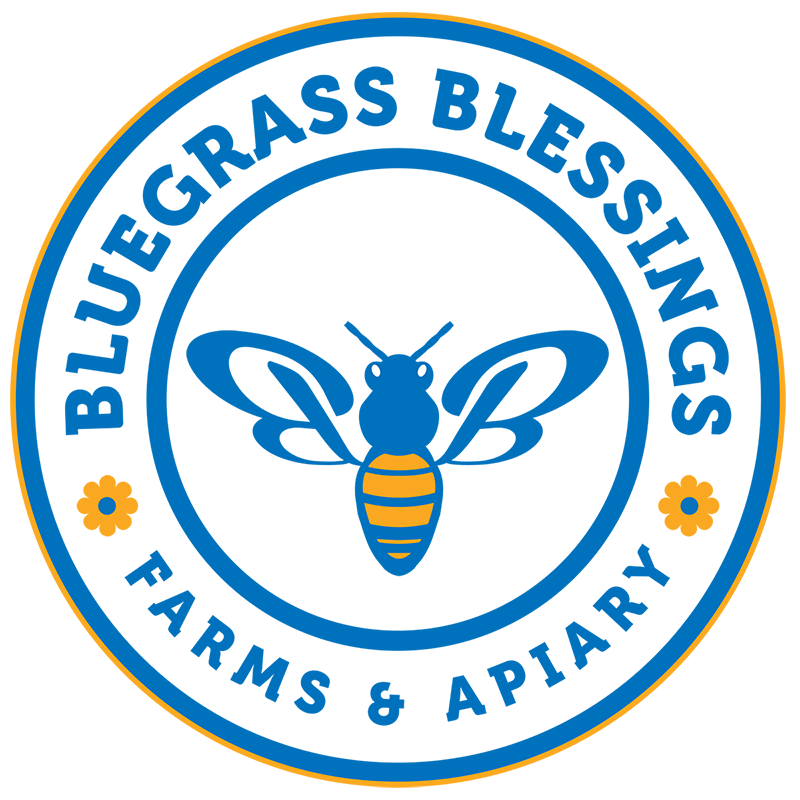What Do Honeybees Do During The Winter?
Brrrrr, early February in nearly upon us and the temperatures are dipping down again as they often do this time of year. Sometimes these cold temperatures and stiff breezes can combine to make an unbearable combination. You know the days I am talking about; the ones when you step outside and the moisture in your nasal cavities instantly crystallizes. When these cold days set in I remain extra vigilant about making sure the wood burning stove is tended to properly, pull out wool socks and blankets, consume a little more coffee than normal, and stay inside as much as possible. I think most people would agree with me that plan is probably best. But what about my honeybees? How do they handle extreme winter temperatures?
Image collected from https://scientificbeekeeping.com/understanding-colony-buildup-and-decline-part-13a/
As many of you have heard me mention before, honeybees are amazingly organized, intelligent, and community-focused creatures. Their method of surviving the winter is certainly no exception to that statement. Honeybees weather the cold storms by executing a strategy beekeeper’s have dubbed “forming a cluster”. The cluster is formed by the honeybees grouping together in one large mass concentrating their body heat around the core of the cluster. In this formation each bee benefits from and provides assistance to the bee next to them. While in this cluster formation, the queen remains in the center and every worker bee takes a turn being on the outside of the cluster, where it is obviously the coldest and most exposed, and slowly migrating back to the center to warm back up, and finally working its way back to the outside again. The honeybees cannot handle the cold as an individual but they can survive by becoming a member of the cluster and working together as a community leaving no bee behind.
Now wait a minute you might say, aren’t honeybees coldblooded and therefore do not create body heat? The answer to that question is yes, they are coldblooded but no, they can indeed create heat. Honeybees accomplish this feat of creating heat by vibrating two pairs of muscles, a dorsal longitudinal and a dorsoventral. Strangely, these muscles are the same muscles that power the bee’s wings in flight along with several other tasks throughout their lives. During the cluster formation however, the wings do not flap. The honeybees have a method of disengaging their muscles from the wings so they remain tucked and stationary while the muscles vibrate to create energy. With heat being a byproduct of increased energy, heat radiates from their bodies warming the group and the area the cluster. So when they are huddled tougher in a mass of thousands of bees all working together, they can generate enough heat to keep the core of the brood nest between 94.1° - 98°F even if the temperatures outside are at sub-zero levels! Now a honeybee looses muscular dexterity and dies when its body temperature dips to 41°F or lower and this is why they take turns flowing from the outer edges of the cluster, into the core, and then back out again. This allows for all of the bees to maintain body temperatures in a safe operable range, have an opportunity to feed on the honey reserves as needed, and take a turn working to warm the core of the cluster.
Layers and Temperatures of a Honeybee Winter Cluster
A final interesting note about the winter cluster methodology is the cluster itself slides up the honey frame or across frames in unison. Once they form a cluster, they will not break that cluster until outside temperatures reach 50°F or greater. They will continue to operate in cluster formation as one unit even if dire circumstances set in. I have witnessed my honeybees starving over the winter due to the fact the entire cluster could not generate enough heat to transfer frames and they ran out of honey on the frame they were on. This was extremely heartbreaking because the frame right next to the bees was full of honey but the temperatures at the moment they ran out were just too extreme to perform the necessary maneuver. While I was very distraught to see this phenomena, I was also very impressed with the colony’s commitment to its community. All the bees will survive together or they will starve together but they will not abandon or sacrifice any members. One for all and all for one! That is a lesson exemplifying dedication many of us humans could stand to take more note of.
We refuse to monetize our blog with advertisements as we believe it ruins the reader's experience but unfortunately admin costs are real. If you find value in the content created, consider contributing to Bluegrass Blessings Farm and help support our mission of developing regenerative farms that boost the local food supply, produce quality nutrient dense food options, and protect the natural resources of our environment.
Thank you for consideration and support.



